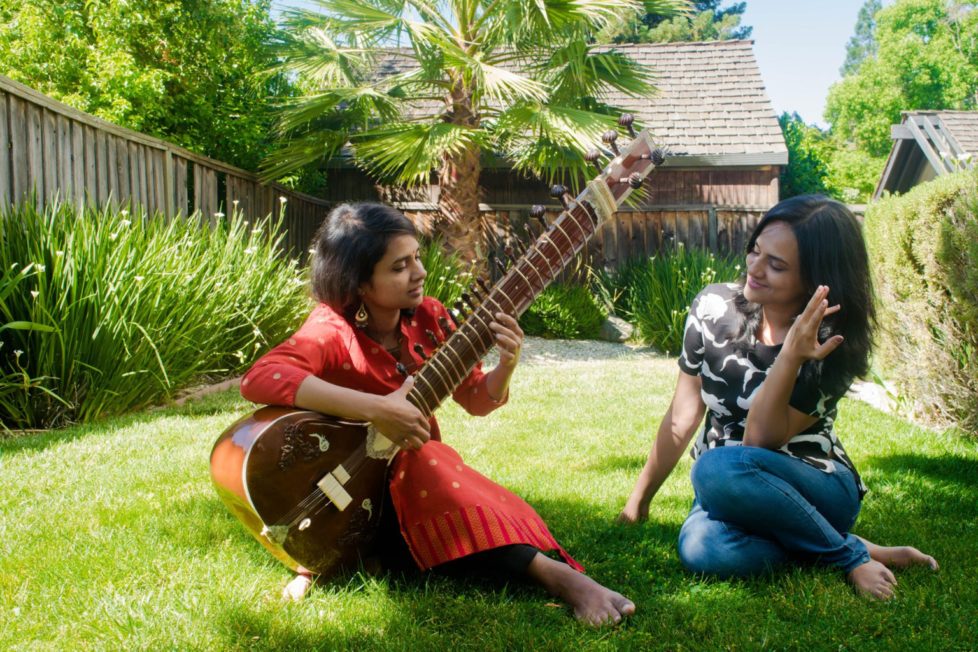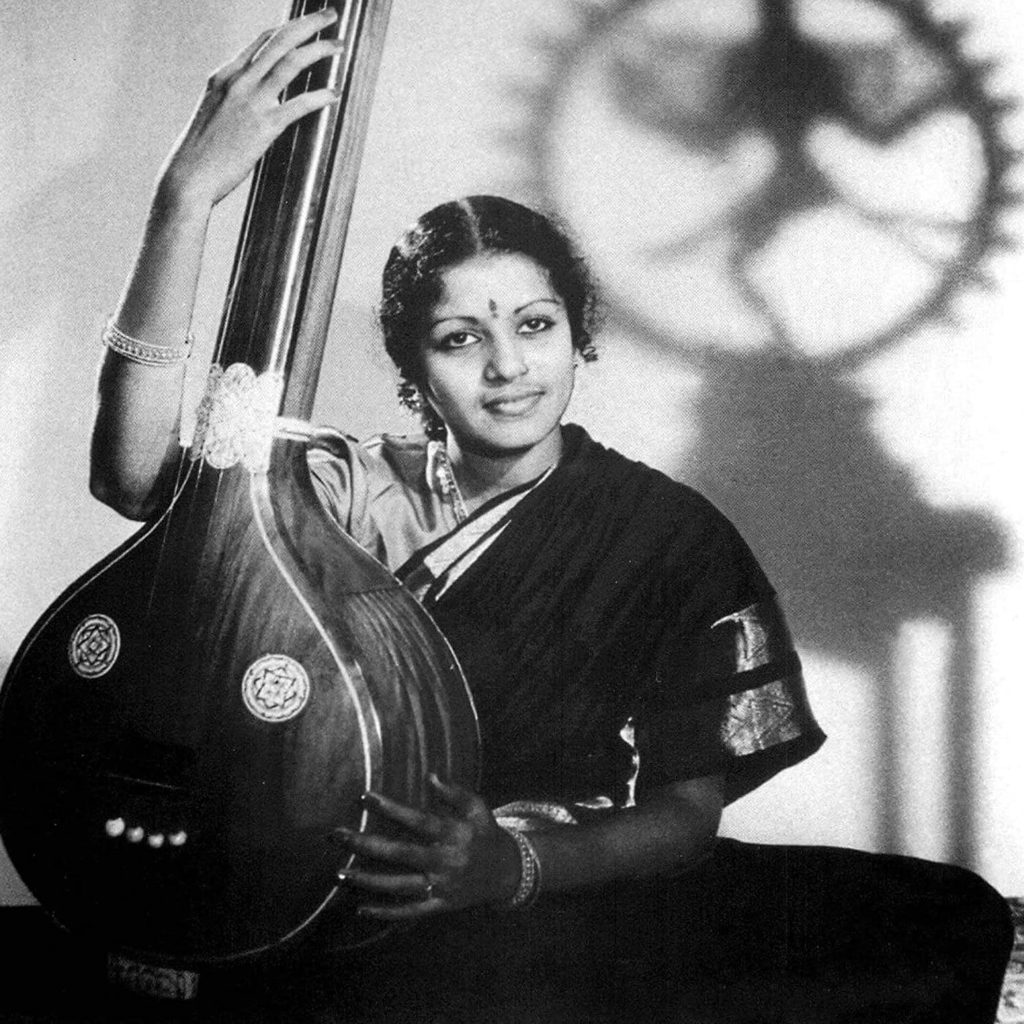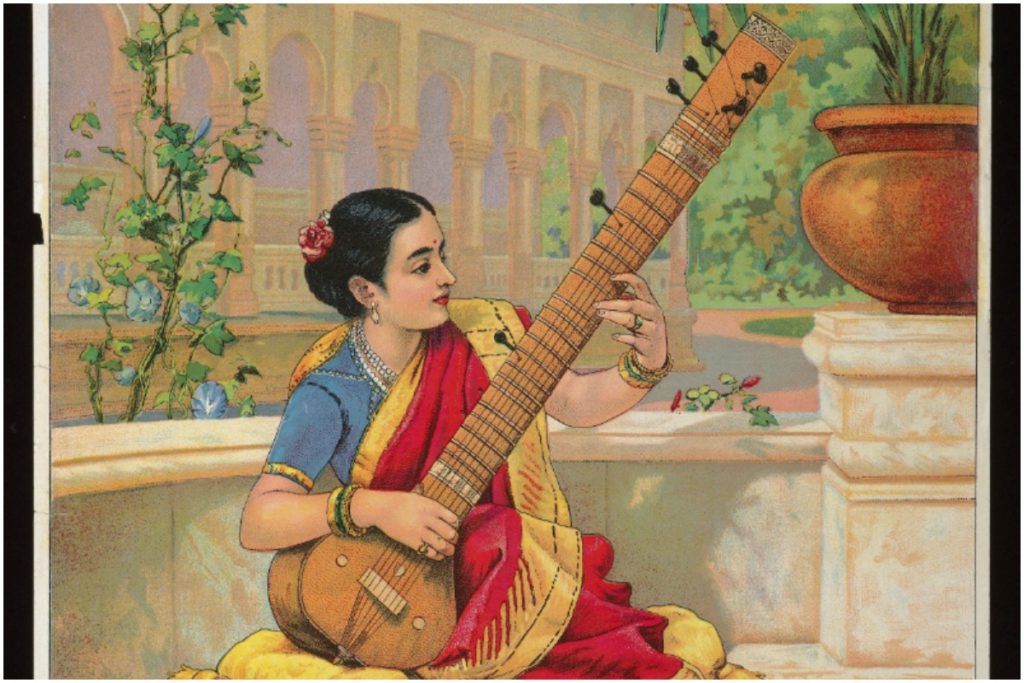The Forgotten Mysticism of Śāstrīya Saṅgīta – Indian Classical Music


The universe originated from a sound projection according to the system of Nāda Yoga. Among the Chatushashti “Lalita Kalā”, art of music plays an essential role in awakening the human organism’s most complex & intricate functions to lead him towards self-realization.
The origin of Music therapy in Bharat goes back to 4th century B.C. Rāga Chikitsa,” one of the ancient texts elaborates on the therapeutic role of musical melodies. Swami Haridas, a classical musician who lived in the 16th century, was one of the many who used music in treating illnesses during olden times. A 17th century work titled “Sangita Sudha” authored by Nayaka King Raghunatha Nayak and his minister Govinda Dikshitar gives an account of effects of music on emotions. Ancient works collected by King Sahaji (1684–1711) that have been preserved in the Thanjavur Saraswati Mahal Library in the form of palm leaf manuscripts serve as a record of remedial use of music in psychological ailments.

My parents always told me, as Bharatiya, we must produce at least one artist who is pursuing or has mastered at the minimum one among these 64 Kalā in every household. With the same goal, they introduced me and my sister to the mystical world of Indian Classical Music- Gīta Vidyā at a very young age. Music transformed us as individuals as it provided us an innovative means of expressing the deep seated emotions through singing and instruments.
Well, if you begin doing some basic research on how Indian classical music has a profound impact on numerous brain systems, you will be in for a surprise! Music is not just a means to uplift your mood or calm the inner noise; it really is the one path that can lead us mortals towards salvation.
To evaluate this, one can take up a simple activity.
Make playlists of different genres of music that could be a combination of Western, Filmy, Fusion and Indian Classical. Begin by listening to one genre/type at a time and carefully note down your observations with respect to the kind of emotions the lyrics and instruments evoke. As someone who has already done some research in this regard, let me put down my observations for you.
Generally speaking, all genres of music have the power to boost one’s mood and mental health simply because they transport us to a world away from reality providing temporary consolation and reassurance that life is good and perhaps “all is well”.
Essentially, most modern music is about romance, love and heartbreaks; how then can one expect it to evoke emotions any different than the above? After consistently listening to this kind of music, the yearning to achieve material things/ love/partner, craving physical intimacy only rises. It also kindle’s one’s miserable feelings of not having a partner. One of the many reasons we have a whole generation of youth craving companionship, intimacy, drugs, sex and alcohol today at such young ages is courtesy the kind of music they are exposed to in just about every public place like restaurants, discotheques and pubs. It gives them a certain “high”, heightens cravings and elevates their moods to levels that can be toxic to them.
How is Indian Classical Music different?
To begin explaining this, Indian Classical Music is “Rāga-based”.
Rāga can have profound effects on the listener’s mind based on the rasa of the Rāga. Rāga Bhāva is the emotional effect that the vibrations of the notes have on the mind.

Indian Classical Music has permanent esthetic moods also called “Sthāyibhāvas” which are Rati (love), Hāsa (laughter), Śoka (grief), Krodha (anger), Utsāha (enthusiasm), Bhaya (fear), Jugupsā (disgust) and Vismaya (wonder) and their corresponding rasas are Śṛṅgāra, Hāsya, Karuṇā, Raudra, Vīra, Bhayānaka, Bībhatsa and Adbhuta respectively. These eight “rasas” are also referred to as eight basic emotions and are known to have relation with seven basic notes of music. Each note has different effects on different centers of the brain.
Based on one’s mood, one can listen to or sing the kind of music that will help them get over the negative emotions to restore the clarity.
Indian Classical Music, Spirituality and Therapeutics

On a spiritual level, Bhakti is the only way one can connect with the divine. Listening to classical music that evokes Bhakti majorly, can help us bond with the supreme power to great levels. By doing so, every stimulus that excites one’s emotions wrongly is brought under control. Singing, to add to it, is a unique exercise wherein concentration, meditation, and breathing exercises take place unconsciously and simultaneously. Not just that, the practice of meditating upon the “Saptachakra” too produces music that’s unique to each chakra. Hence, meditation of chakras leads to the cultivation of music, which in turn leads to profound physical and mental effects.
Regular exposure to a specific Rāga under particular conditions has clearly identified effects. While Nilambari Rāga can induce sleep, Rāgas Bhupala and Malayamarutam when played before dawn serve as a pleasing invitation for people to get up from sleep. Bilahari, a joy-producing rāga helps to alleviate melancholic mood and Sama Rāga can reduce anxiety.
Interested to learn about the whole list of Rāgas with their effects on the mind? Also, at what time (Prahar) of the day should one listen to a particular Rāga?
Sharing the link with all the info for the reader’s reference:-
https://anuradhamahesh.files.wordpress.com/2014/05/raga-and-timings-updated-22ndaug2015.pdf
To sum it up, Indian Classical Music has the power to evoke emotions of pure love with the feeling of devotion or Bhakti which is absent in the current scenario. Through its different Rasas, classical music can help us achieve both Bhakti and Mukti.
Precisely, “Saṅgīta” is truly a universal language and can be one of the few means of fulfillment of Dharma, Artha, Kāma, Moksha. Today, to revive the richness of Bharat, there is a dire need to revive the fallen ancient culture of “Śāstrīya Saṅgīta”.
Certain that all parents will take note and introduce their children to this field of melody from the Chatushashti “Lalita Kalā”.
DISCLAIMER: The author is solely responsible for the views expressed in this article. The author carries the responsibility for citing and/or licensing of images utilized within the text.
